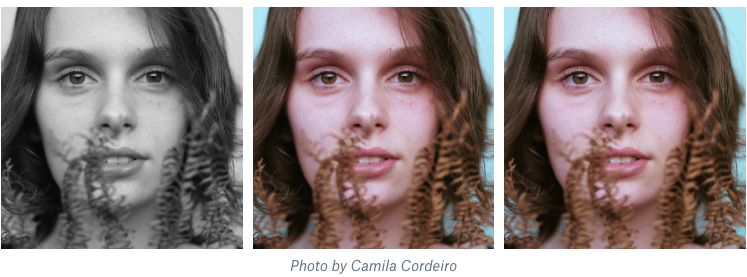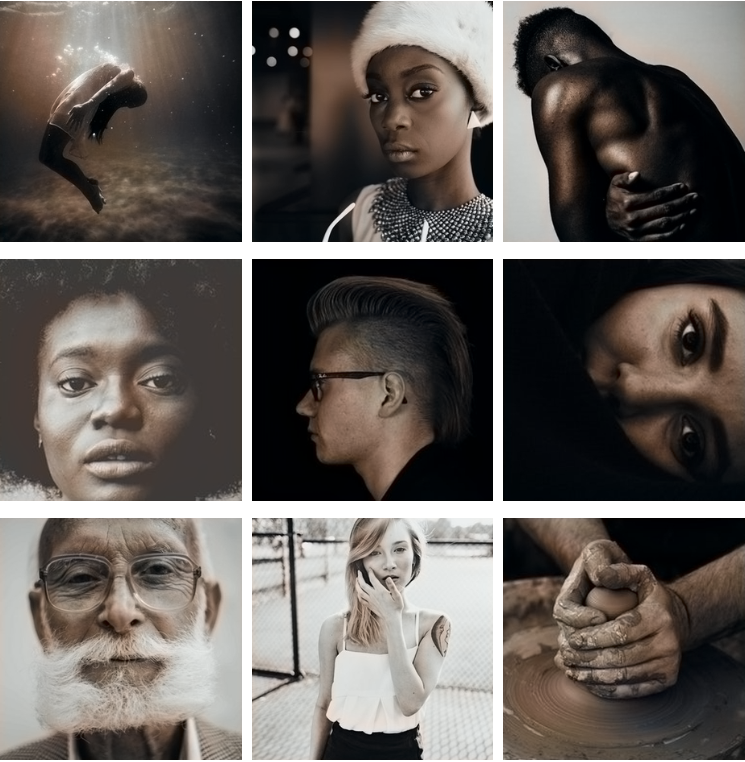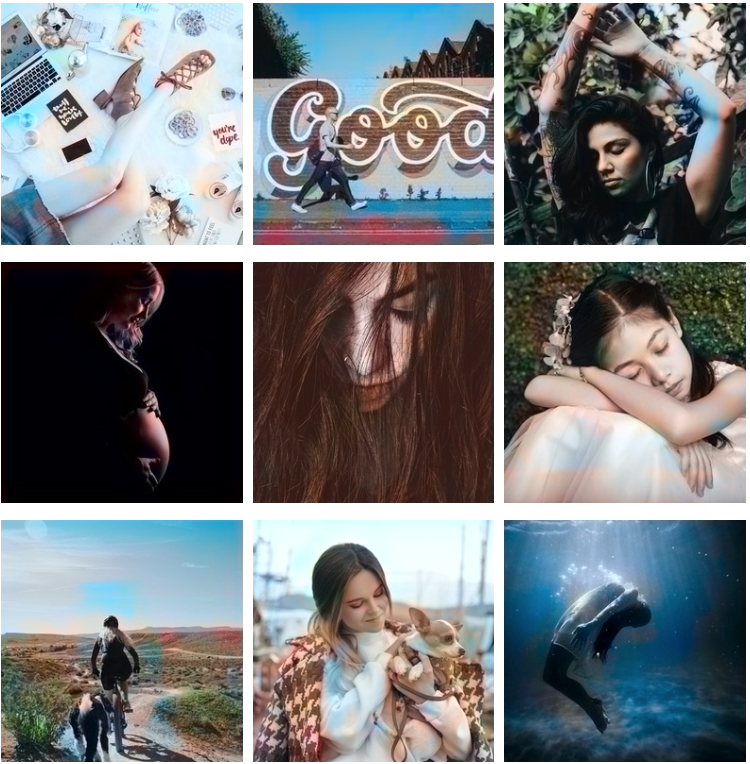emilwallner / Coloring Greyscale Images
Programming Languages
Projects that are alternatives of or similar to Coloring Greyscale Images
A detailed tutorial covering the code in this repository: Coloring Black and White photos with Neural Networks
Plug: I write about learning Machine learning online and independent research 👉 Enjoy!
The network is built in four parts and gradually becomes more complex. The first part is the bare minimum to understand the core parts of the network. It's built to color one image. Once I have something to experiment with, I find it easier to add the remaining 80% of the network.
For the second stage, the Beta version, I start automating the training flow. In the full version, I add features from a pre-trained classifier. The GAN version is not covered in the tutorial. It's an experimental version using some of the emerging best practices in image colorization.
🍿 Featured by Google >>>
Note: The display images below are cherry-picked. A large majority of the images are mostly black and white or are lightly colored in brown. A narrow and simple dataset often creates better results.
Installation
pip install keras tensorflow pillow h5py jupyter scikit-image
git clone https://github.com/emilwallner/Coloring-greyscale-images
cd Coloring-greyscale-images/
jupyter notebook
Go do the desired notebook, files that end with '.ipynb'. To run the model, go to the menu then click on Cell > Run all
For the GAN version, enter the GAN-version folder, and run:
python3 colorize_base.py
Pre-trained weights: Download the pre-trained weights for the GAN-version here. Create a folder called 'resources' and put it inside of Coloring-greyscale-images/GAN-version/. It's trained on contemporary photography with different objects but not a lot of people.
Alpha Version
This is a great starting point to get a hang of the moving pieces. How an image is transformed into RGB pixel values and later translated into LAB pixel values, changing the color space. It also builds a core intuition for how the network learns. How the network compares the input with the output and adjusts the network.
In this version, you will see a result in a few minutes. Once you have trained the network, try coloring an image it was not trained on. This will build an intuition for the purpose of the later versions.
Beta Version
The network in the beta version is very similar to the alpha version. The difference is that we use more than one image to train the network. I'd recommend running top/htop and nvidia-smi to see how different batch sizes affect your computer's memory.
For this model, I'd go with a this cropped celebrity dataset or Nvidia's StyleGAN dataset. Because the images are very similar, the network can learn basic colorization despite being trivial. To get a feel for the limits of this network, you can try it on this dataset of diverse images from Unsplash. If you are on a laptop, I'd run it for a day. If you are using a GPU, train it at least 6 - 12h.
Full Version
The full version adds information from a pre-trained classifier. You can think of the information as 20% nature, 30% humans, 30% sky, and 20% brick buildings. It then learns to combine that information with the black and white photo. It gives the network more confidence to color the image. Otherwise, it tends to default to the safest color, brown.
The model comes from an elegant insight by Baldassarre and his team.
In the article, I use the Unsplash dataset, but in retrospect, I'd choose five to ten categories in the Imagenet dataset. You can also go with the Nvidia's StyleGAN dataset or create a dataset from Pixabay categories. You'll start getting some results after about 12 - 24 hours on a GPU.
GAN Version
The GAN version uses Generative Adversarial Networks to make the coloring more consistent and vibrant. However, the network is a magnitude more complex and requires more computing power to work with. Many of the techniques in this network are inspired by the brilliant work of Jason Antic and his DeOldify coloring network.
In breif, the generator comes from the pix2pix model, the discriminators and loss function from the pix2pixHD model, and a few optimizations from the Self-Attention GAN. If you want to experiment with this approach, I'd recommend starting with Erik Linder-Norén's excellent pix2pix implementation.
Implementation details:
- With a 16GB GPU, you can fit 150 images that are 128x128 and 25 images that are 256x256.
- The learning improved a magnitude faster on the 128x128 images compared to the 256x256 images.
- I'd recommend experimenting with pre-trained U-nets (One of the secrets in Jason's model)
- Test different normalizations. I prefer spectral normalization, but I've also added instance normalization.
- The network uses 3 discriminators for different image resolutions, based on the pix2pixHD paper. However, this might be overkill, so I'd try it with one.
- Nvidia's StyleGAN model has shown some incredible images. It might be worth experimenting with some of the best practice they developed. Same goes with the Large Scale GAN paper.
- I've added the pix2pixHD generator, but it requires more compute to converge.
- The image generator has some memory problems. Perhaps go with the original generator in Keras or find something equivalent.
- If you want to build your own dataset, I've inluded a few scraping and cleaning scripts in 'download_and_clean_data_scripts'. You can build the datasets based on keywords from Yahoo's 100M images or Pixabay.
- I've implemented it for multi-gpu, however, all the models are copied on each GPU. This increases the batch sizes which improves the result, but it only marginally increases images/sec. I'd recommend specifing on which GPU each model is loaded, to avoid merging the weights for each batch.
Run the code on FloydHub
Click this button to open a Workspace on FloydHub where you will find the same environment and dataset used for the Full version.





